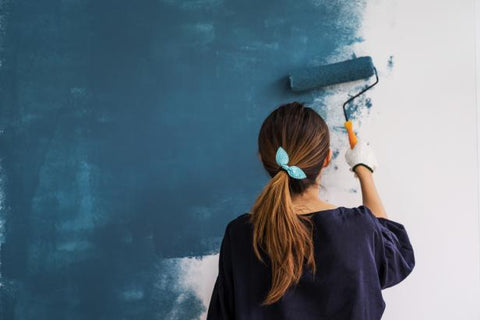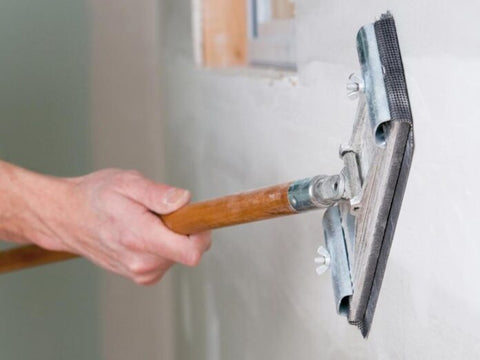When it comes to painting your walls, proper preparation is the key to achieving a flawless and long-lasting finish. Whether you're redecorating a room or giving your entire home a fresh look, investing time and effort into preparing your walls before painting is crucial. In this article, we will delve into the significance of proper preparation and provide you with essential tips on how to prep your walls for painting. We will also highlight Benjamin Moore's top-quality paint and primer options to help you achieve outstanding results.

Assessing the Condition of Your Walls:
Before picking up a paintbrush, take the time to inspect your walls carefully. Look out for any cracks, holes, or imperfections that might require repair. Benjamin Moore's Fresh Start High-Hiding All Purpose Primer is an excellent choice for preparing surfaces with minor imperfections. Its exceptional hiding properties create a smooth canvas for your paint.
Cleaning and Removing Obstacles:
Properly cleaning your walls is essential to ensure the paint adheres well and looks flawless. Begin by removing any loose dirt, dust, or cobwebs using a vacuum cleaner or a soft brush. For tougher stains or grease, consider using a mild detergent and warm water. Benjamin Moore's Aura Bath & Spa Paint are both highly washable, making them ideal choices for areas prone to dirt or moisture.
Repairing Imperfections:
For walls with cracks, holes, or dents, it's crucial to repair them before painting. Use a high-quality spackling compound, such as Benjamin Moore's Patching Compound, to fill in any gaps or imperfections. Once dry, sand the patched areas gently to create a smooth surface. This step ensures that your paint application will be even and flawless.

Sanding and Smoothing:
To achieve a professional finish, sanding your walls is essential. Sand any rough areas or uneven surfaces using fine-grit sandpaper. This process promotes adhesion and ensures that your paint will go on smoothly. After sanding, be sure to remove any dust by wiping the walls with a damp cloth or using a tack cloth.

Priming for Success:
Priming your walls before painting is a crucial step that enhances paint adhesion and durability. Benjamin Moore's Fresh Start Multi-Purpose Latex Primer is an excellent choice for most interior surfaces. It provides a smooth base and ensures that the paint color appears true and vibrant.

Protecting Surrounding Areas:
Lastly, don't forget to protect your floors, furniture, and fixtures from accidental drips or spills. Use drop cloths or plastic sheets to cover surfaces and remove any items that could hinder your painting process. Benjamin Moore's ADVANCE Waterborne Interior Alkyd Paint is a great option for achieving a durable, furniture-like finish on trim, doors, and cabinets.

Properly prepping your walls for painting is an essential step that should never be overlooked. By investing time in assessing the condition of your walls, cleaning them thoroughly, repairing imperfections, and using high-quality paint and primer products like Benjamin Moore offers, you can achieve outstanding results. Remember, a well-prepped surface is the foundation for a beautiful and long-lasting paint job. So, roll up your sleeves, follow these guidelines, and enjoy the transformation of your living space into a stunning work of art.
Visit your local Dragon Scale Paint location for a full selection of primer and tools needed to prep your walls as well as the guidance needed to turn your next paint project into what you’ve always dreamed of.

